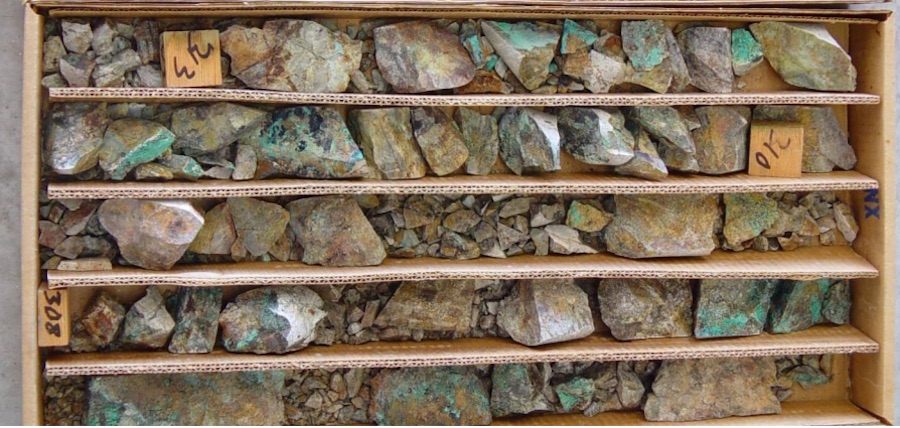Excelsior adds key permit to Arizona in-situ copper mine

Excelsior Mining (TSXV:MIN) investors have seen a stellar 2017, with the stock up 30% over the last month and 41.2% year to date.
The Canadian company has made progress towards advancing its Gunnison copper project, with a feasibility study released in January and the mine targeted for commercial production in 2018.
Excelsior’s Gunnison copper project contains over 4 billion pounds of oxide copper, and Excelsior plans to mine it using the in-situ recovery (ISR) method.
Today Excelsior hit another milestone with the announcement that it has obtained a key water permit from the Arizona Department of Environmental Quality. The Aquifer Protection Permit is a draft permit that will remain open for public comment for at least 30 days.
Conventional copper mining involves removing ore from the ground, then crushing and treating it to remove the minerals trapped in the rock.
The process involves a huge amount of earthmoving, especially since a layer of overburden usually needs to be removed to expose the orebody. Earthmoving is expensive because it is extremely capital-intensive, with a large number of trucks, shovels and manpower needed. It also creates a lot of ground disturbance which, in today’s environmentally-conscious setting, can attract community resistance, create permitting issues, and lead to costly site remediation plans.
Vancouver-based Excelsior is proposing a different method of mining its North Star copper deposit in southern Arizona. Excelsior’s Gunnison copper project contains over 4 billion pounds of oxide copper, and Excelsior plans to mine it using the in-situ recovery (ISR) method.
In ISR, the ore is left in the ground rather than broken and treated. An acid solution is pumped underground using a series of injection and recovery wells. The solution moves through cracks and fissures in the orebody, thus dissolving the minerals, and the “pregnant” solution is then pumped back to surface, where it is recovered in a solvent extraction and electrowinning (SXEW) facility.
While ISR has been used as in the uranium mining industry for decades, it has not typically been applied to copper mining. For ISR to work with copper, the copper oxide needs to be readily dissolved by a weak acid solution; it needs to be highly fractured and broken up so that the solution can move through the rock underground; and the oxide orebody needs to be entirely below the water table.
Excelsior CEO and President Stephen Twyerould has said that all three conditions apply to the North Star deposit, which has probable mineral reserves of 4.5 billion pounds, or 782 million tons at 0.29% copper.
According to the feasibility study, initial production would start at 25 million pounds a year, with the ore processed through the adjacent Johnson Camp mine.
Capital expenditures are pegged at US$46.9 million, with an average life-of-mine direct operating cost of 65 cents a pound, which according to Excelsior is among the lowest for copper projects in North America.
The project has been highlighted by respected newsletter writer Eric Coffin, who said in February 2016 that “the numbers for its Gunnison project are very strong. It’s trading at a tiny fraction of its net present value,” which according to the feasibility study is $807 million after tax.
More News
{{ commodity.name }}
{{ post.title }}
{{ post.date }}

4 Comments
PokeMaster
This is a fantastic project. In situ copper leaching while not well known has proven to be successful before on a large scale in Arizona. I expect this one will be successful as well. See this article on the subject: http://www.mining.com/web/in-situ-copper-leaching-is-a-proven-technology/
Mike Failla
Indeed good news!
Kenneth Viney
I saw that all three conditions exist at the Baja/Boleo Mine now operated by Korres at Santa Rosalia, Baja Ca Sur. Mexico. A friend recommended it several years ago. Are they doing any tests?
Wiesław Jura
Borehole ISL start at last.